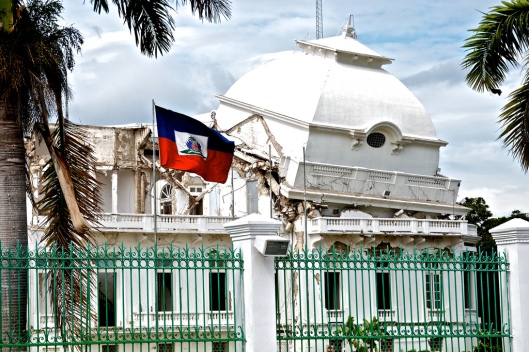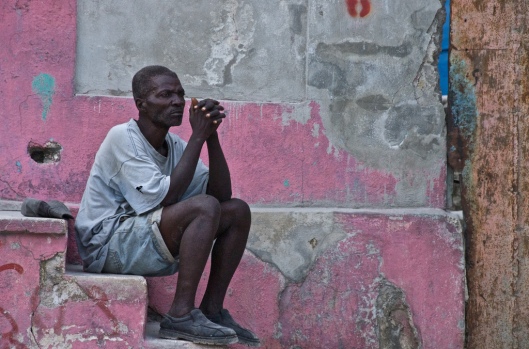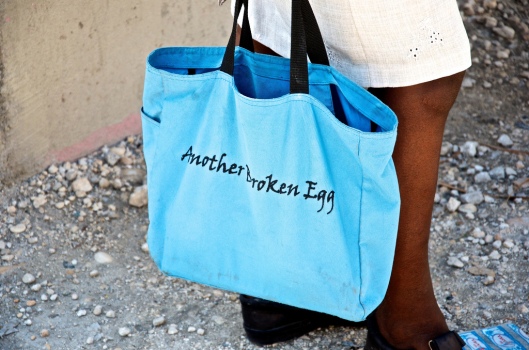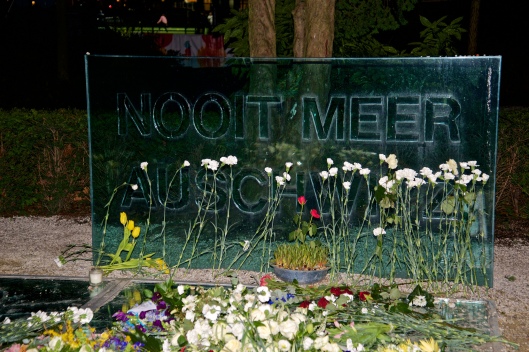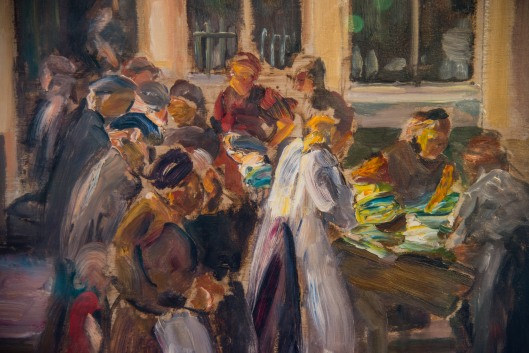Welcome to LBSimages, my personal blog devoted to exploring the potential of photography as a spiritual discipline. Spirituality involves appreciating the beauty of the world and all that is in it, and for me at least, I credit this beauty to God as creator of the universe. Furthermore, photography may express one’s ethical, moral, social, political, philosophical and aesthetic perspectives, and all of these considerations have a valuable role to play in the cultivation of a positive and creative spiritual life.
Although I personally pursue photography as a committed follower of Jesus Christ (yes, I am a Christian), I believe that photography as a spiritual discipline can be adopted by people of all faiths, and for that matter, by people who have no faith or or simply seeking. Like wisdom, the pursuit and appreciation of beauty belongs to all humanity, regardless of culture or faith perspective.
From a Christian perspective, spirituality may be expressed on two levels. First, we exhibit faith by embracing the journeys God calls us to live out so that we may mature personally as well as impact our world for good. We are called to a life of personal spiritual growth and faithfulness in service for the benefit of society. As we live out these journeys, we are also called into relationships of all kinds – family, friendships, marriage, work acquaintances, etc. Our lives are infinitely enriched by the relationships we experience, and it is no wonder that the photographs we take are so often of people we love and care for, or of strangers that for some reason attract us.
Second, we express spirituality through spiritual disciplines that sharpen our insight and provide us with the inner resources to draw closer to God and others. Historically, Christians (and others) employed disciplines like spoken prayer, the reading of Scripture, silence, solitude, communal singing and journaling to experience the presence of God and to cultivate love for humanity, and in my own life, I make use all of the above.
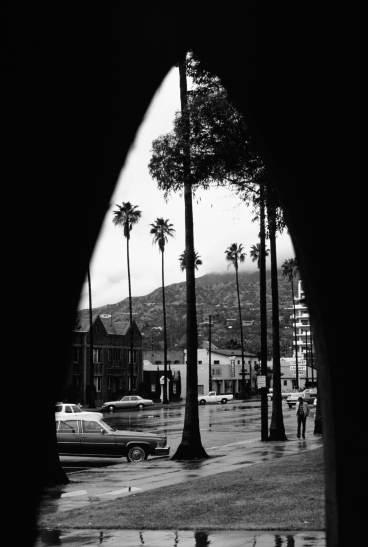
St. Mark’s Episcopal Church, Glendale, CA (1979)

Wood Totem, Big Bear Lake, CA (1979)
I first picked up a camera when I was in high school (yes, in the days before digital photography!), and my early cameras included a Mamiya-Sekor, a Konica TC and a Nikon FE. In those days, I gravitated to slide photography, and still still have about 5,000 images. As a digital photographer, I currently use a Nikon D610 full frame camera.
While in seminary, I first considered the possibility that photography could be used to express one’s religious devotion and spirituality. For several decades, that involved documenting church activities, mission trips, social and political movements I was involved in, and other activities that related to my faith and also to my calling as a pastor. Expressing my interior feelings, emotions and world-view in a creative fashion were secondary pursuits.
That all changed with my sabbatical to Israel in 2001, when I began using digital photography to create a visual library of personal spiritual intuitions, insights and meditations about God, humanity, life and social issues – not in response to a specific activity or event, but as an expression of my regular interior dialogue with God and ongoing fascination with the complex yet wonderful world we live in.
Before long, it became apparent to me that photography not only could chronicle my understanding of the mysteries that surround us all, but it could also facilitate and expand that growth. A soul produces a photograph, but the photograph has the capacity to speak back to one’s heart. A photo can reveal what is in the spirit of a person, and it may also speak something surprising and novel to the photographer. Sometimes I know why I take a photograph as I click the shutter; at other times, I do not fully understand the meaning of the scene I felt led to capture until after the shot is taken and reviewed. Accordingly, the camera and its photographs may rise to the level of conversation partner, sharing in a complex web that includes the photographer, God and the world around us.
For several years, I have placed over two thousand of my photos on my Flickr page. Often friends respond by asking, “What made you capture that image?’ or “What is the meaning of the photo from your vantage point?” In this blog, I intend to share the meaning behind my favorite photographs. I hope that these meditations might increase the reader’s enjoyment of my favorite images, and encourage you to explore the potential of photography as a spiritual discipline.
